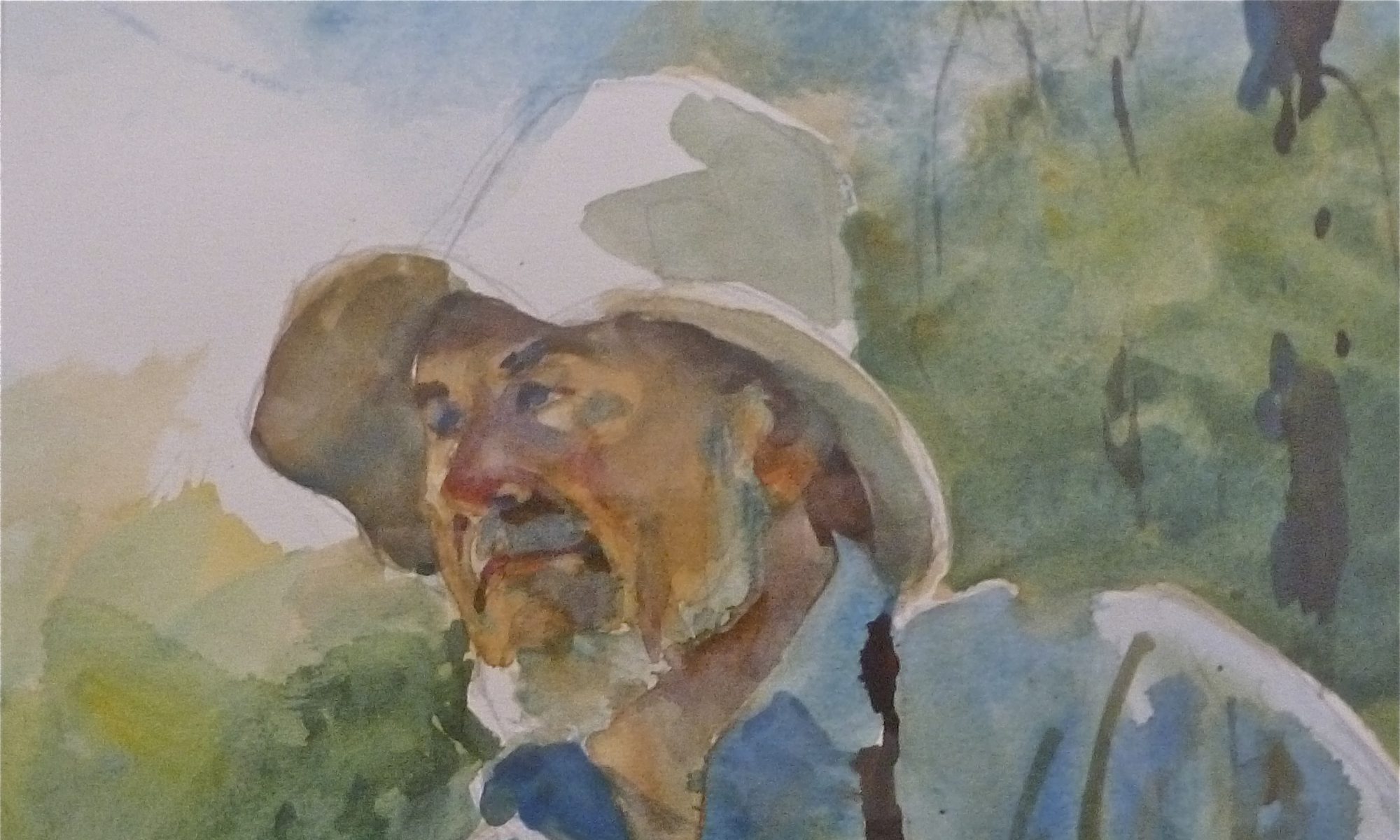Before World War II, there was not much traffic on Summer Street. I learned at a young age to recognize the sound of a neighbors’ car before it came into sight.
There were two neighbors with 1930s Model A Fords that had a very distinctive sound. Harry Rogers from the “Hills” had a Model A Ford that he used to deliver spring water (Canoe Tree Springs) to neighbors, as well to “Steads” and Clarks’ store. Ralph Hatch’s ’36 Ford had a rattle somewhere underneath — it drove me crazy! Why doesn’t he fix it? Mrs. Stiles’ ’37 Plymouth would emit a huge cloud of smoke when she accelerated it! In the early 50s, she would stop at the Seaview Garage once a week for a dollar’s worth of gas, and every other day for a quart of oil! She left with a cloud of smoke behind.

Many drivers coming down Summer Street would shift to neutral at Seaview Ave. and coast past the Seaview Garage, then clear down to Keene’s Pond. My Dad would coast down Summer Street from the Lampson Estate to about the Hitchcocks’ house, (663 Summer Street). I have always wondered how much gas was saved.
From Memorial Day and into the summer, it would be a challenge to identify who was coming down the street, because of the arrival of the summer folks. Many bigger and newer models — Packards, Caddies, Buicks and an Auburn. These, made my game difficult.
The most noisy were Gino Rugani’s Sterling trucks. They were huge, 1930s green and red painted monsters with a chain drive. There were 3 or 4 of them. One was used to haul his bulldozer or shovel on a low bed trailer. All of them sounded different and the drivers drove them differently.
These were first kept across from the Rugani home on Dog Lane at Pleasant Street. I would hear them climb the hill on Summer Street; from Pleasant Street to Seaview Ave, their chains would grind, then as the truck coasted passed my house, the chains would make a slapping sound with no load on them.
 1940 Sterling Dump Truck
1940 Sterling Dump Truck
I could tell when Louie, Gino’s son, was driving — his shifting was different than Buddy’s, their truck driver and mechanic.
I could hear these trucks on Church Street on their way home in the late afternoon, slowing at Church, Elm and Summer Street — there was no stop sign in those days — then start up Summer Street at Randall’s under the strain of the long grade uphill.
Occasionally, Louie would take me on a short trip in the dump truck. It was so noisy inside you would have to holler to be heard! Louie was the foreman of the operation, which was the biggest in Marshfield. Louie drove a Ford 100 green pickup, and wore a baseball cap with a Heinz pickle pin attached to the front. Louie loved that pin.

One afternoon about five, I was pushing my bike up the hill on Summer Street from Pleasant Street. About halfway up, Louie came over the hill towards me, in his ’47 Ford pickup. I waved to him. Just as he passed, he backfired that Ford at me! It scared the bejesus out of me! I thought I was shot! I shook all the way home!
That was the first time that happened, but not the last. I expected it to happen again, anytime he passed me. I learned that trick well. Later in life I used that trick many times. My favorite spot was going past Sonny Oxner’s garage on Ferry Street, letting out a blast when Sonny’s doors were open. Sonny cursed me many times.

Centre Marshfield Garage, AKA, Oxner’s, Sonny’s.
Photo complements of Ned Dubois.
W. Ray Freden, Marshfield, 70 years.




 Dad’s old vinegar keg. c. 1939 – 1975.
Dad’s old vinegar keg. c. 1939 – 1975.







